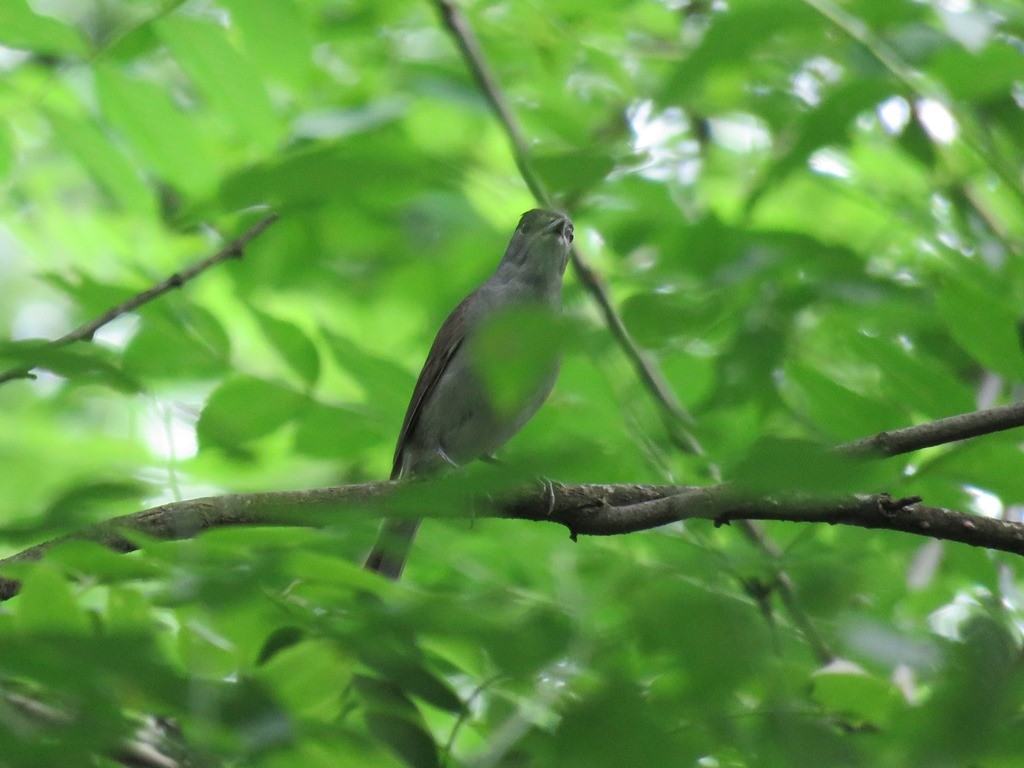Eurasian Blackcap
A species of Typical Old World Warblers, Also known as Crnokapa Grmuša Scientific name : Sylvia atricapilla Genus : Typical Old World Warblers
Eurasian Blackcap, A species of Typical Old World Warblers
Also known as:
Crnokapa Grmuša
Botanical name: Sylvia atricapilla
Genus: Typical Old World Warblers
Content
Description People often ask General Info
 Photo By zerocool.marko , used under CC-BY-SA-4.0 /Cropped and compressed from original
Photo By zerocool.marko , used under CC-BY-SA-4.0 /Cropped and compressed from original Description
Eurasian Blackcap is a small bird known for its melodic song and distinctive black cap, and is found in gardens, woodlands, and hedgerows. Its diet consists mainly of insects, fruits, and berries. It is a pleasure to watch and listen to in the wild, and often sings from the top of bushes and trees during the breeding season. 
Size
14 cm
Life Expectancy
7 years
Nest Placement
Shrub
Feeding Habits
Eurasian Blackcap primarily consumes insects during breeding season, shifting to fruits later on. They adapt to available food sources like berries, pollen, and nectar when necessary. Typical foraging involves gleaning from foliage and twigs, with occasional hovering, flycatching, or ground feeding.
Habitat
Eurasian Blackcap predominantly occupies mature deciduous woodlands, with a preference for areas with a dense understory and broadleaf trees. These birds are also found in mixed forests, riparian woodlands, parks, and gardens with sufficient tree cover, and even in evergreen woodlands, such as pine and spruce forests. Habitats range from sea level to tree-lines, including alpine regions up to 2,200 meters. During winter, eurasian Blackcap frequents environments abundant in berries, like bushy maquis, garrigue, and urban gardens, extending to a variety of habitats in Africa from savannas to montane forests.
Dite type
Insectivorous
People often ask
General Info
Feeding Habits
Bird food type
Sounds
Call
Recording location: Belgium
Call
Recording location: Belgium
Song
Recording location: Belgium
Song
Recording location: Belgium
Distribution Area
The continental breeding range of the blackcap lies between the 14–30° July isotherms, and is occupied by the nominate subspecies, the other forms being restricted to islands or fringe areas in the Caucasus and eastern Iberia. Birds on the Mediterranean and Atlantic islands and in the milder west and south of the main Eurasian distribution often winter within the nesting range, but populations elsewhere are migratory. 
Species Status
Not globally threatened.